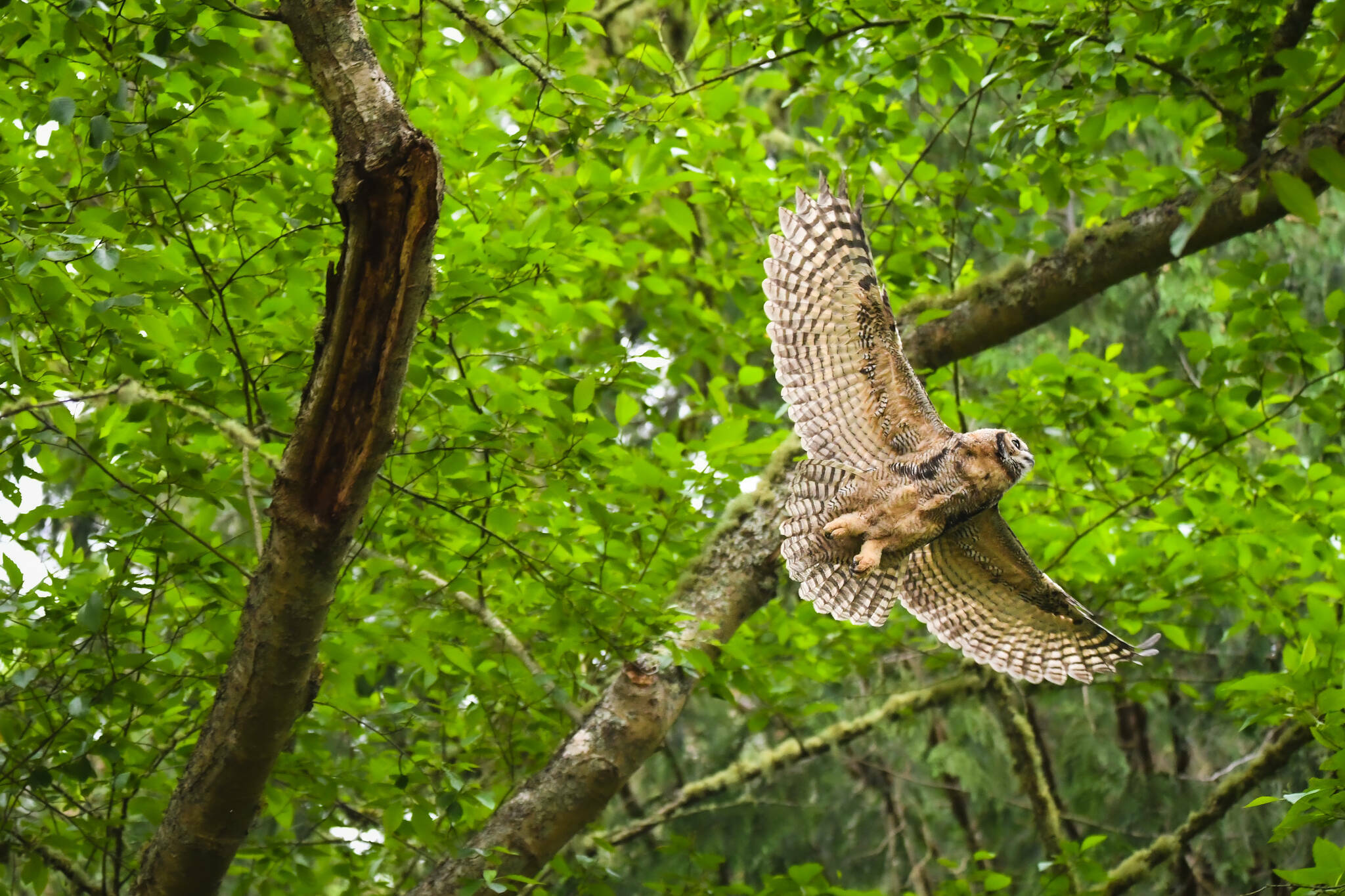Local Audubon Societies are gearing up for this year’s Christmas Bird Count, the longest-running community science project in the world.
Whidbey residents who aren’t familiar but want to participate can learn all about the count, local bird trends and how to participate at a virtual event hosted by the Pilchuck Audubon Society on Nov. 20.
In a time when conservation efforts were unrecognizable by today’s standards, 19th century hunters participated in the Christmas Side Hunt, a holiday tradition venturing through the snow in teams. Whoever killed the most birds won.
In 1900, Frank Chapman, an officer in the very early days of the Audubon Society, proposed a Christmas Bird Census as opposed to a hunt, concerned about the declining bird populations. Over 120 years later, the count persists, and data that it collected has been used in hundreds of peer-reviewed publications and government reports.
Recent studies using data from the Christmas Bird Count have been used to tailor management plans for local bird conditions. Christmas Bird Count data has shown that 16 duck species have shifted northward in the last 50 years due to the warming climate.
“To be able to have such a long term set of trend data is really rare, really powerful,” said Brian Zinke, president of the Pilchuck Audubon Society and host of Wednesday’s event, “and it’s nice that we have 30-40 years of data just on our own counts here. That’s useful for us locally. We can start to look at what species are we seeing declining or which ones are increasing, and then we can use some of that data to advocate for birds through our local governments and policies and legislation.”
The Christmas Bird Count runs from Dec. 14 to Jan. 5. The count takes place in an established 15-mile-diameter circle. Birders of all skill levels are welcome to participate, assuming space is available. The sooner volunteers sign up the better.
Whidbey Island hosts two of these circles, one on the North End and one on the South End. Birders meet in the morning around 8 a.m. and bird through the daylight. Some birders stay especially for the nocturnal birds. Each team identifies and counts every bird they see or hear within their zone.
Last year, the North Whidbey circle identified 119 species and counted 21,274 birds, and the South Whidbey Circle identified 107 species and counted 16,930 birds.
Recent trends the Christmas Bird Count has shown locally is the establishment of Anna’s hummingbird on Whidbey through the winter, a bird that historically wasn’t in Washington.
When the local Christmas Bird Count started, bald eagles were listed as an endangered species, Zinke said, and their numbers have skyrocketed.
“It’s funny, I’m originally from the Kansas City area. All eagles were extirpated from the state of Kansas,” he said. “They started moving back in over the years, so I always thought bald eagles were super cool to see, and I moved out here and everyone’s like, ‘oh, that’s a trash bird. They’re everywhere.’”
Winter is a great time to see waterfowl in Western Washington, he said. Some of the more exciting sightings are species of wintering seabirds and marbled murrelets.
This post was originally published on here








